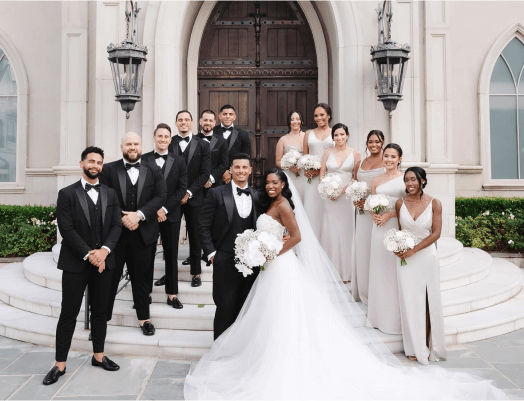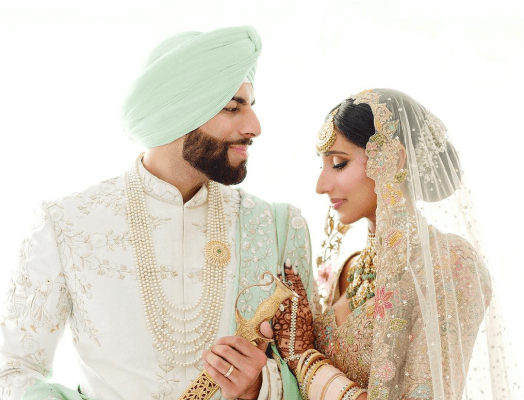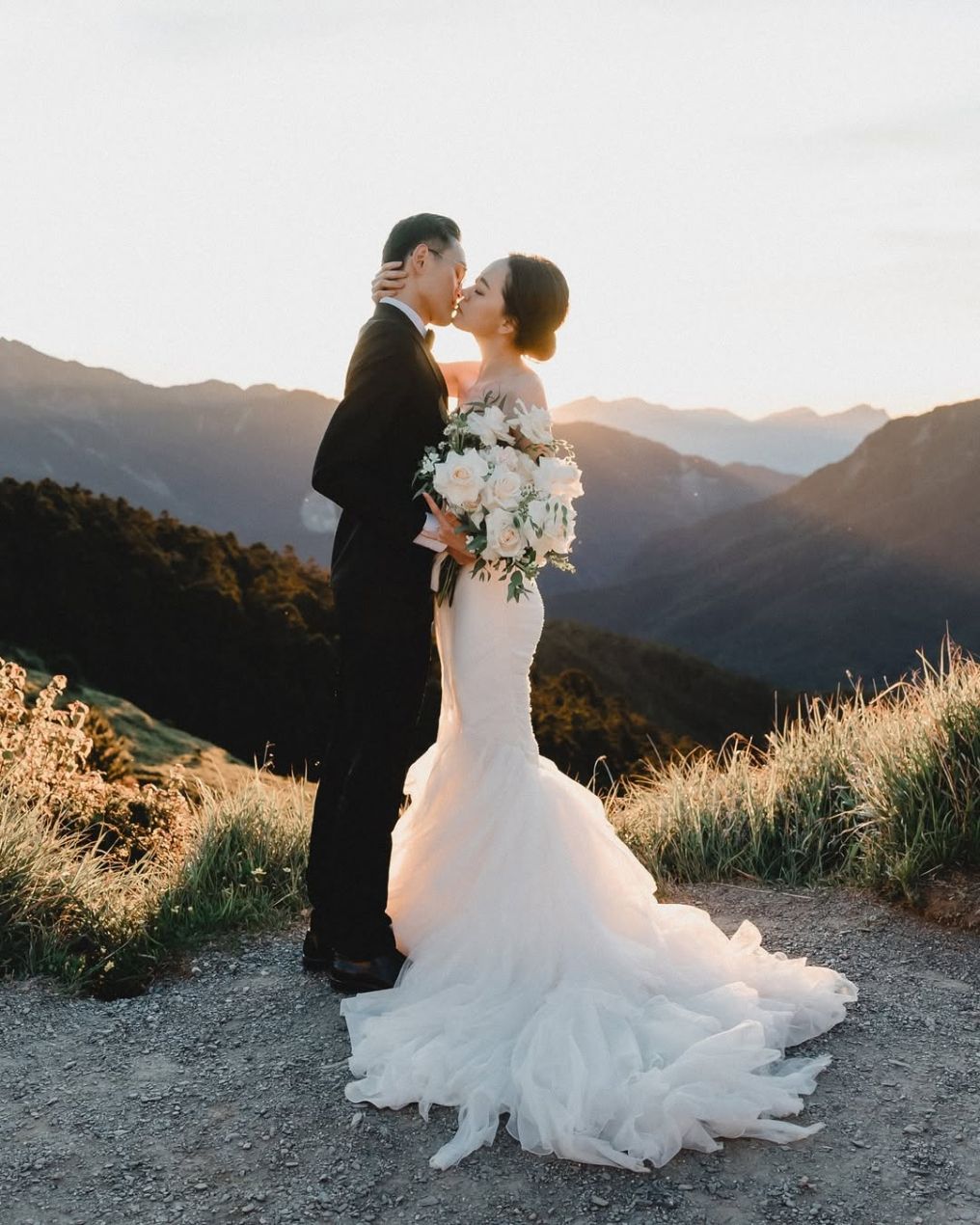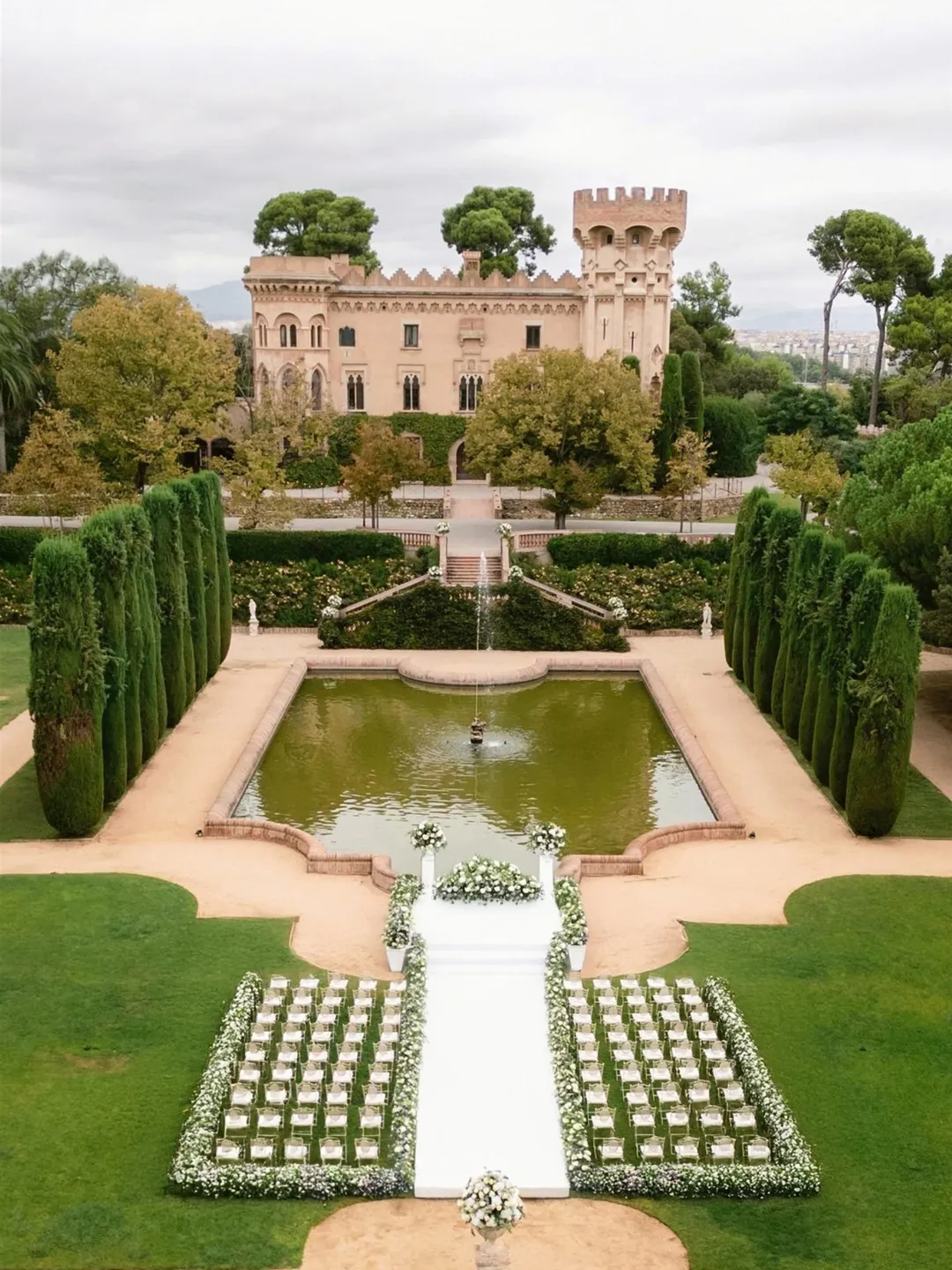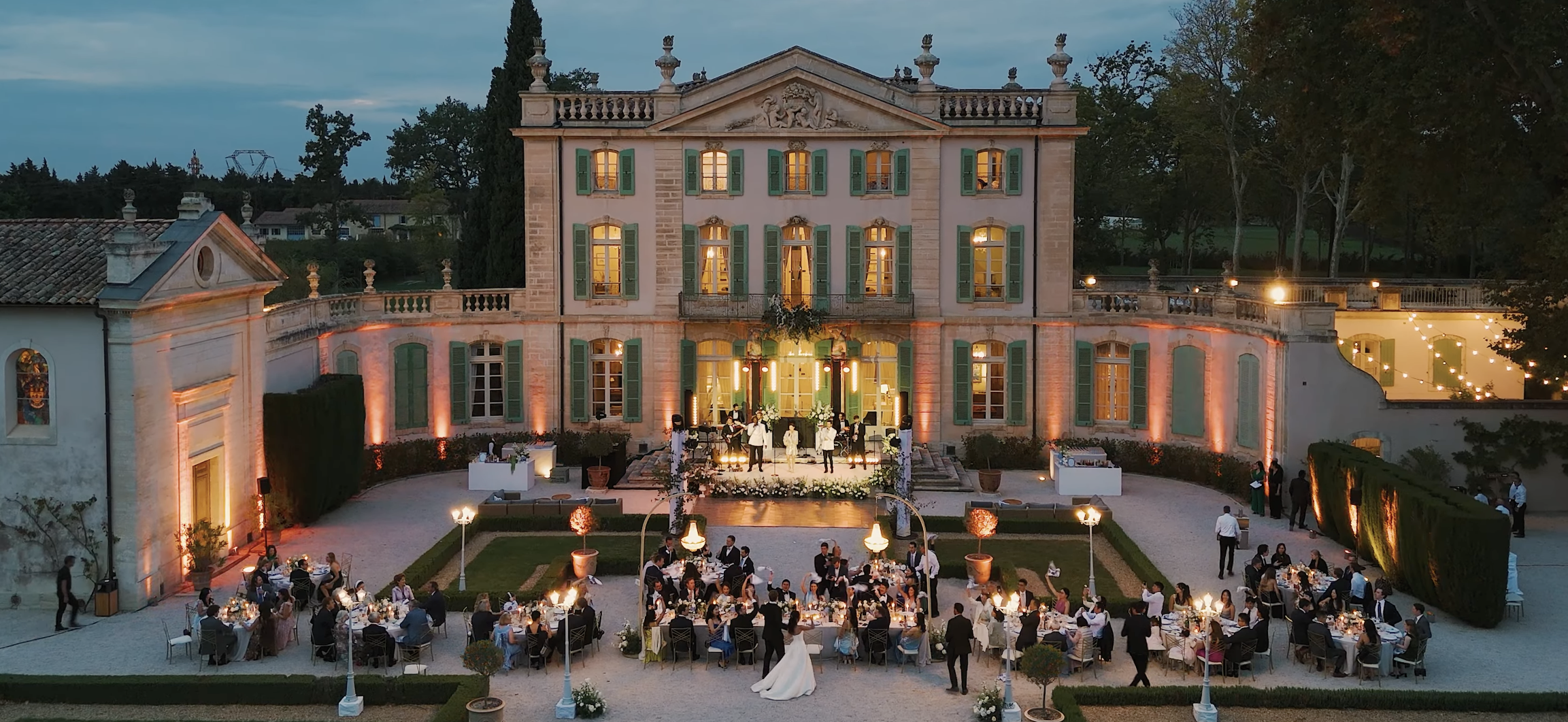Guipure Lace Wedding Dress Trends for 2026
- Author: Natali Grace Levine
- Reading time: 5 min 57 sec
- Publication date: 11/19/2025
- Why Lace & Guipure Are Returning in 2026
- The Allure of Antique Guipure Lace
- What Makes Guipure Different From Traditional Lace
- The 2026 Vision: How Designers Use Guipure & Lace
- Color Trends for Lace & Guipure in 2026
- Styling Notes for Brides Choosing Lace or Guipure
- Care and Preservation of Guipure & Lace




Fashion is shifting back toward artistry. After years of minimalist silks and simple cuts, 2026 is all about texture, and nothing feels more romantic than lace. This isn't old-fashioned doily fabric, though. The current lace trend is bold, sculptural, and full of intricate detail. Leading the way is guipure wedding lace fabric, a dense and architectural textile that is changing what bridal elegance means.




The guipure lace wedding dress trend in 2026 is not just about looking back; it's about moving forward. It focuses on bringing back craftsmanship, highlighting texture, and appreciating thoughtful design. Designers are inspired by the past, but they are updating it with modern shapes, surprising cuts, and a fresh sense of confidence.
Find Your Perfect Wedding Vendors
Why Lace & Guipure Are Returning in 2026




Trends don't just appear out of thin air. The resurgence of lace wedding dress fabric, especially guipure lace, reflects a broader cultural shift towards authenticity and craftsmanship. For ten years, fast fashion was really popular, but now people are starting to appreciate textiles that need more skill and time. Lace, especially guipure, is something that cannot be rushed. Every pattern is put together with a purpose, and brides are drawn to that story. Lace invites touch, catches light differently than satin or crepe, and has a dimension that creates a memorable sensory experience. The "whisper wealth" movement values materials over logos, and lace fits perfectly into that philosophy—refined without being showy, expensive without screaming, timeless without trying. We're also living through a full-on vintage renaissance, not just in bridal but across fashion, interiors, and culture in general. Guipure lace taps into that energy while still feeling fresh and editorial, bridging the gap between heritage craft and contemporary design in a way that feels both respectful and rebellious.
The Allure of Antique Guipure Lace




Modern designers aren't just inspired by guipure – they're deeply fascinated by its rich history. The antique guipure lace wedding dress aesthetic is inspired by Victorian and Edwardian times, when lace-making was an art form that skilled artisans would spend months, sometimes years, perfecting. The hand-stitched details gave them a charm that can't be replicated by machines, and the patina and subtle imperfections added character instead of detracting from their value. These pieces took us back to a time when clothes were made more slowly and thoughtfully, with flowers and plants being used as patterns. Today's bridal designers are recreating that feeling, but not by copying vintage gowns. Instead, they borrow their ethos and translate it into modern silhouettes. Imagine heirloom quality without the dust and romance without the restraint. The best thing about it is that it serves as a bridge between the past and the present. Modern brides can wear something that feels truly traditional, yet still has a modern vibe.
What Makes Guipure Different From Traditional Lace




Not all lace is created equal. While delicate Chantilly or Alençon lace whispers, guipure speaks – sometimes even shouts. The main difference lies in the construction: traditional lace is typically set on tulle or mesh, whereas guipure lace is freestanding, with motifs connected by threads or bars rather than a backing fabric. This creates bold and defined patterns, with raised florals, geometric repeats, and strong negative space that make the textile graphic clear. Because it's denser, guipure wedding lace fabric holds its shape and can create structure without the need for boning or a lining—the lace itself becomes the structure. This sculptural quality means that wedding dress guipure works well for full-coverage gowns or as strategic accents, such as sleeves, bodices, trains, and overlays. Where traditional lace might soften a silhouette, guipure defines it. It has a backbone, and that strength is evident in designs that feel both romantic and powerful, delicate yet commanding.

The 2026 Vision: How Designers Use Guipure & Lace




Runway shows from Paris to New York are showcasing the guipure lace wedding dress of 2026, which is all about structure, contrast, and modern boldness. Designers are now treating lace wedding fabric like architecture, making sculptural corsets where guipure itself becomes the framework. Clean lines and graphic patterns create a couture-like contouring effect, shaping the silhouette without relying on heavy underlayers.

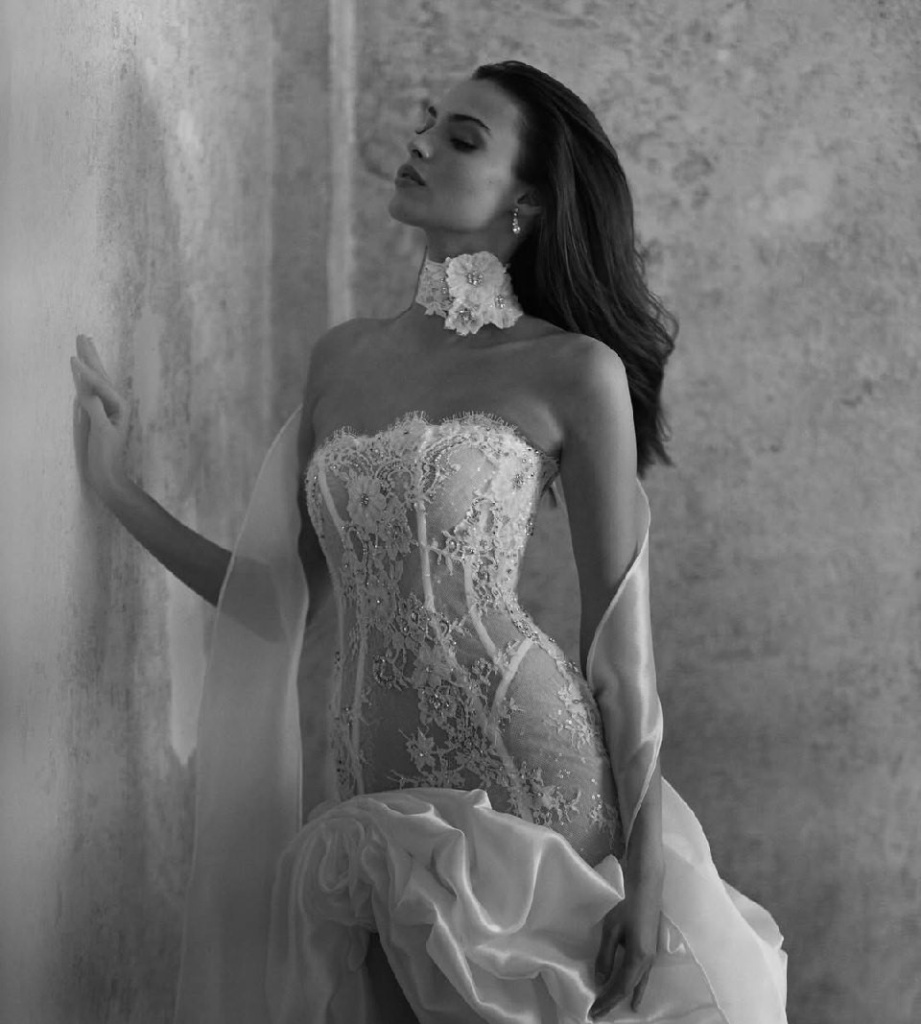


We're seeing a whole new take on transparency with sheer sleeves, illusion panels, and guipure appliqués that sit on the skin like sophisticated tattoos. Others opt for the opposite look, covering gowns in guipure wedding lace fabric for a rich, artistic feel that doesn't feel over-the-top. Contrast remains a significant element of the design, with thick guipure paired with light tulle or organza, stiff bodices balanced by light skirts, and cutouts surrounded by guipure borders that add an edge while maintaining a classy look. Negative space makes intricate patterns look clearer and more modern.




The Guipure wedding dress 2026 is defined by bold proportions – think sharper shoulders, sculptural trains, exaggerated sleeves, and mixed densities of guipure layered within one gown. Subtle metallic threads or delicate beading enhance the texture without competing with it.
Color Trends for Lace & Guipure in 2026




Don't limit yourself to the standard, traditional bridal color of white. The 2026 lace color palette expands considerably; it is softer, warmer, and more nuanced:
- Ivory milk: creamy and rich, almost vanilla-toned
- Pearl: cool, luminous, with a hint of silver
- Champagne: buttery and romantic, perfect for candlelit ceremonies
- Light cream: subtle warmth that flatters most skin tones
- Porcelain pink: barely-there blush that feels heirloom
There's also a growing appetite for the "aged tint" effect—slightly tea-stained hues that echo the look of antique guipure lace wedding dress fabrics. It's a deliberate flaw, and it's stunning.
Styling Notes for Brides Choosing Lace or Guipure




Choosing a wedding dress guipure lace gown is just the beginning, and styling it requires understanding that lace is the statement — everything else should support rather than compete. Ensure your fabric density aligns with your venue, as the context is crucial. Heavy guipure gowns are perfect for ballrooms, estates, and formal settings, where their structure can hold its own against grand architecture. In contrast, lighter lace works beautifully for garden parties or beach ceremonies, where movement and the breeze become part of the experience. If your dress has intricate details, keep the accessories simple. With earring studs, a sleek updo, and a barely-there or birdcage veil, allowing the guipure lace wedding dress to shine without distraction. Another option is to play with the veil contrast. For example, a plain silk tulle veil can balance an ornate guipure bodice, or you could match your veil lace to your gown for a full-on dramatic effect that really makes the most of the romantic potential of the textile. Approach the choice of shoes pragmatically. Lace dresses are already considered the main accent of a bride's look, so footwear should simply complement and complete it. Opt for neat, understated shoes or sandals, without unnecessary embellishments, rhinestones, or appliqués.

Care and Preservation of Guipure & Lace




Lace wedding fabric requires more care than satin or chiffon, but it's worth the effort—especially if you want your gown to last for generations. Before the wedding, go for steam rather than ironing, as direct heat can flatten or scorch delicate patterns. Store your gown in a breathable garment bag, hanging it away from sunlight to prevent yellowing or degradation. After the big day, have your gown professionally cleaned by someone who specializes in vintage or delicate textiles, ensuring they use only gentle, non-harsh chemicals that won't damage the intricate construction. Try to avoid using plastic storage, as it can trap moisture and turn yellow over time. Instead, use acid-free tissue paper and a preservation box for long-term storage. This lets the fabric "breathe" while protecting it from dust and light. The good news is that guipure is incredibly durable. Its density and structure mean it'll last longer than finer laces, making it perfect for future generations or even restyling into christening gowns, anniversary pieces, or fashion-forward separates. With a bit of love, a guipure wedding lace fabric gown can last for generations, becoming more than just a dress—it's a piece of history with a story to tell.




The guipure lace wedding dress 2026 is more than just a trend – it's a statement. It says you value artistry. It's great to see you taking the time to think carefully about what you want and being ready to go slow and choose something meaningful. In a world obsessed with the next thing, lace and guipure offer something rare: timelessness that doesn't feel static.
This fabric is like a bridge between centuries. It connects Victorian romance with contemporary vibe, heirloom tradition with modern design. Today's designers are turning it into visual poetry – textured, layered, unforgettable.




If your wedding is in 2026 and you're searching for that perfect dress, don't hesitate to choose a lace or guipure gown. You'll undoubtedly feel elevated and confident. However, remember that every key moment of your wedding and your wedding dress should resonate with you and your soul, regardless of the trends.













